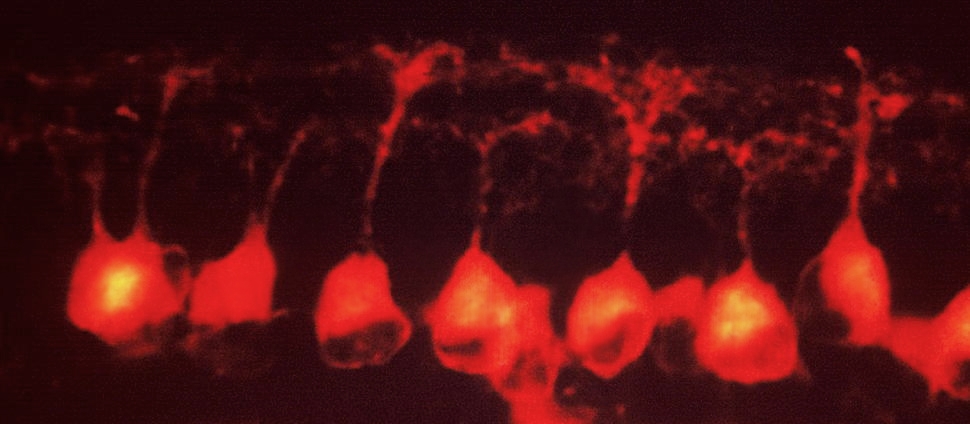Document Type
Article
Publication Date
6-2008
Publication Title
Hormones and Behavior
Abstract
Non-sexual social bonding between adult mammals remains poorly understood, despite its importance in many species. Female meadow voles are territorial and nest alone in long summer day lengths when circulating estradiol concentrations are high, but cohabit in groups in short winter photoperiods when estradiol secretion is low. The influence of day length and estradiol on same-sex huddling behavior was assessed in adult female pairs housed together in long day lengths (LDs) or short day lengths (SDs) from weaning. The behavior of intact, ovariectomized, and estradiol-treated ovariectomized females from each photoperiod was assessed during 3 hour partner preference tests. Intact SD voles, unlike intact LD voles, spent the majority of the test in proximity to their cage mates. Estradiol treatment of SD voles significantly reduced time spent huddling with the partner. Neither ovariectomy nor estradiol treatment significantly affected the amount of time LD females spent in contact with their partners. Low estradiol availability is therefore a necessary but not sufficient condition for maintenance of high levels of huddling. These results establish that ovarian hormones interact with photoperiod to affect same-sex social behavior.
Keywords
social behavior, partner preference, prosocial behavior, day length, estradiol, body temperature, rodent, vole
Volume
54
Issue
1
First Page
153
Last Page
159
Rights
© the authors
Version
Author's Accepted Manuscript
Recommended Citation
Beery, Annaliese K.; Loo, Theresa J.; and Zucker, Irving, "Day Length and Estradiol Affect Same-Sex Affiliative Behavior in the Female Meadow Vole" (2008). Neuroscience: Faculty Publications, Smith College, Northampton, MA.
https://scholarworks.smith.edu/nsc_facpubs/9


